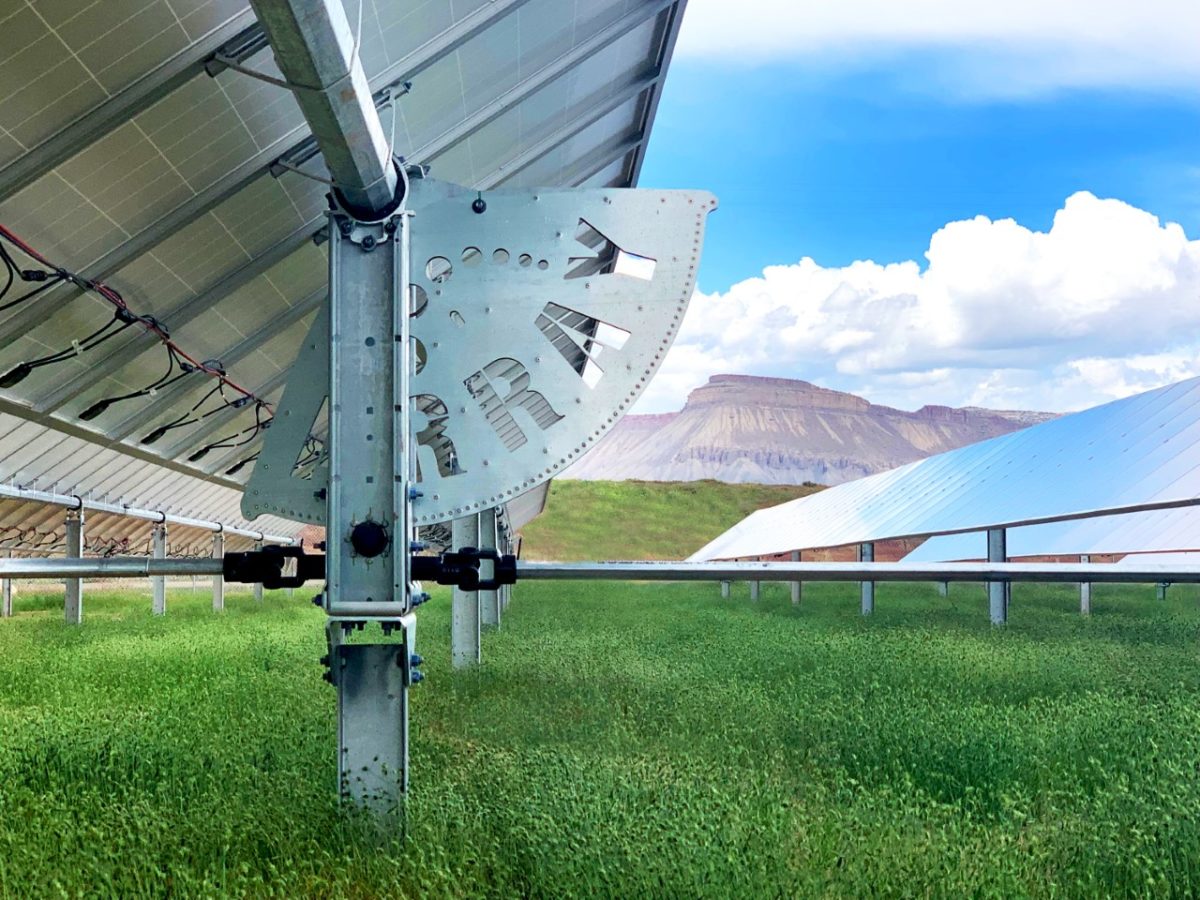From pv magazine USA.
For the second time in 30 days, Array Technologies has signed a 1-GW tracker supply agreement, this time for a total of 1 GW of DuraTrack single-axis solar trackers with RP Construction Services. Unlike the company’s 1.4 GW agreement with Lightsource BP earlier this month, the trackers supplied to RP will all be used in projects developed in the U.S.
The trackers will all likely find their way into smaller utility-scale projects, as RP specialises in projects under 25 MW. And while the company dubs itself as the leading U.S. contractor for projects of this size, it is a position that RP was able to achieve mainly through the company’s relationship with Array, with RP CEO, Eb Russell, saying “We have more than tripled the size of our company with their products over the past three years, and we look forward to continuing that growth with this agreement.”
As with the Lightsource deal from earlier this month, the full financial details of this supply agreement have not yet been released.
Array’s market standing
The deal will provide an immediate boon to Array’s American market presence which, as of June 30, 2020, sat at 14 GW, representing nearly 30% of the total utility-scale solar generation capacity installed in the U.S. The company also signed an agreement to supply trackers for 1.5 GW of projects across the U.S. with Lightsource BP in December of 2019.
According to Wood Mackenzie, the New Mexico-based manufacturer is the No. 2 global solar tracker maker, behind Nextracker and ahead of PV Hardware.
Different tracker vendors have different engineering approaches and Array’s one motor per-MW design has allowed for significant price reductions, enabling the company to reach its market share.
According to the company’s S-1 filing, made prior to this fall’s initial public offering: “Array Technologies uses less than one motor per megawatt which compares with more than 25 motors per megawatt for our largest competitor. Using fewer motors per megawatt lowers the cost, reduces the number of failure points, and minimises the maintenance requirements of our system. Fewer motors per megawatt also reduces the number of motor controllers and the amount of wiring and other ancillary parts that are required for the system, which further reduces cost, simplifies installation and improves reliability.”
These savings work out to be a reported 7% lower lifetime cost for asset owners, as well as 31% lower lifetime operations and maintenance cost than other competing trackers, according to Array. The trackers also use the company’s machine-learning software platform to more effectively optimise tracking, a tool which the company claims can boost energy generation by up to 5%.
Author: Tim Sylvia
This content is protected by copyright and may not be reused. If you want to cooperate with us and would like to reuse some of our content, please contact: editors@pv-magazine.com.








9 comments
By submitting this form you agree to pv magazine using your data for the purposes of publishing your comment.
Your personal data will only be disclosed or otherwise transmitted to third parties for the purposes of spam filtering or if this is necessary for technical maintenance of the website. Any other transfer to third parties will not take place unless this is justified on the basis of applicable data protection regulations or if pv magazine is legally obliged to do so.
You may revoke this consent at any time with effect for the future, in which case your personal data will be deleted immediately. Otherwise, your data will be deleted if pv magazine has processed your request or the purpose of data storage is fulfilled.
Further information on data privacy can be found in our Data Protection Policy.